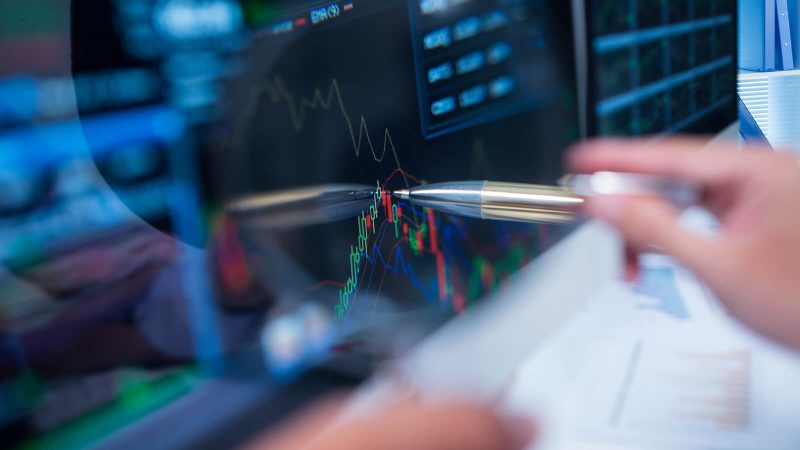Markets are usually known for their possible influx of volatility during election periods, especially the general elections. During the 2020 election period, like all prior times, predictions of market dips were made with cautionary tales of potential losses. However, in an unexpected turn of events, the economy saw a surge in market rates post-election. This surge has elicited a question in the hearts of many investors: Is it time to go all in?
To answer this question, let’s delve into understanding these market surges post-elections. The uncertainty that comes with the period leading to an election draws major caution from the investors. Nevertheless, once the election process is concluded, the markets begin to experience stability and an upward trend. This is often because the period of uncertainty is over and investors get a clearer picture of what the future holds in the sector they seek to invest. This was the case in the 2020 US elections where, to the surprise of many, the stock market soared, indicating a surge in market rates.
However, before making the decision to go all-in, there are certain factors an investor should consider. It’s certainly not advisable to base the decision entirely on a generally observed trend, like the post-election market surge, as markets often go through cycles and unexpected changes. While a specific event like elections can introduce a degree of certainty, markets are influenced by various global events and macroeconomic factors that can quickly change the course of trends.
Initially, a crucial factor to consider is the economic policies of the newly elected government. The market surge post-election could predominantly be a result of optimistic sentiments that investors harbor for the new regime. Hence, it is crucial for investors to understand the newly elected government’s economic plans, their trade deals, accommodating business environments, projected taxation rates, and much more. These factors can greatly influence future market trends.
Furthermore, the overall state of the economy lightens or darkens the investment atmosphere. Factors such as inflation rates, employment rates, the Gross Domestic Product (GDP), among others, reflect the state of the economy. A growing economy with reduced economic risk would be a positive indication to invest.
The industry in which you wish to invest plays a significant part as well. Not all sectors have the same risk level. Hence it is paramount to conduct thorough industry analysis of trends, supply and demand, competitiveness, among others things.
Also, the financial health of the particular companies that one seeks to invest in should be analyzed. The performance of the






























